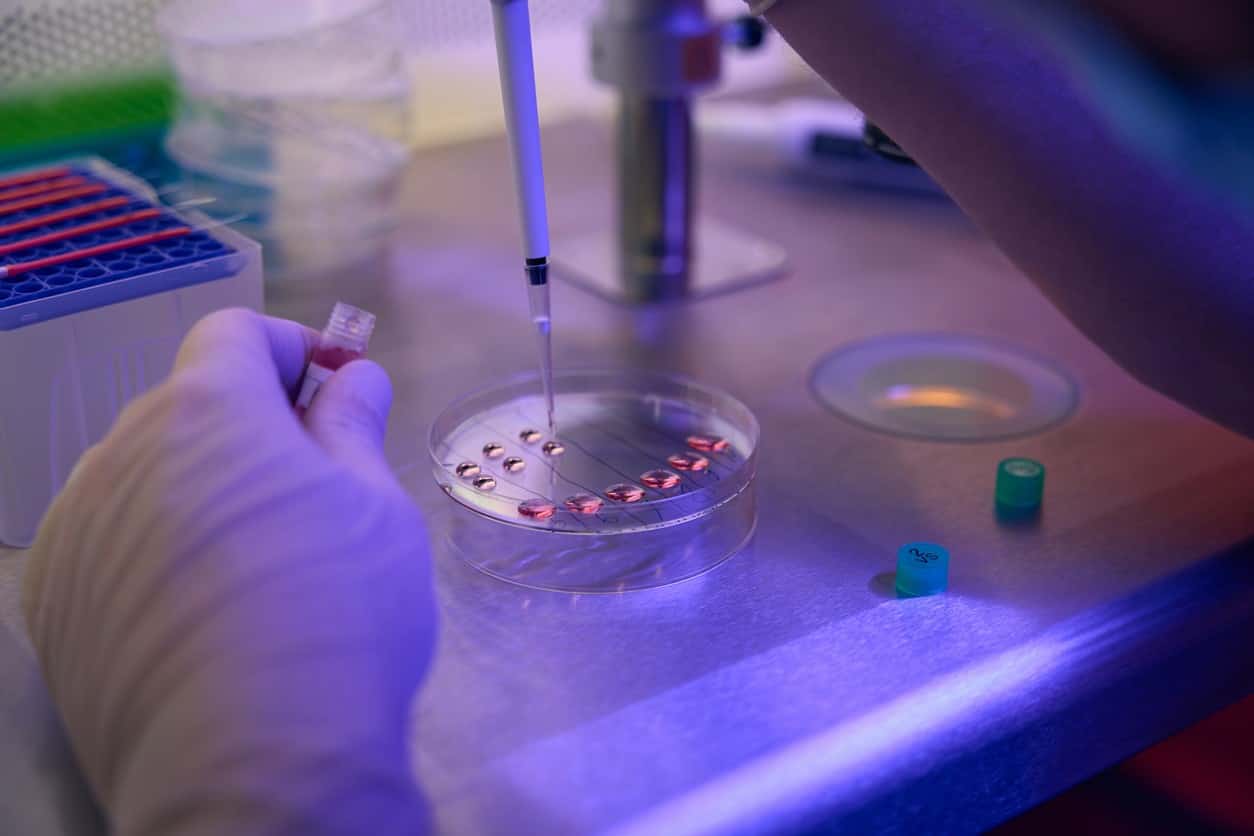This article summarizes how GHRPs and CJC-1295 peptide have been studied synergistically in growth hormone replacement, as seen in animal research models. Growth hormone is biochemically pivotal. It increases chondrocytes (cartilage cells), resulting in bone growth. It also increases muscle mass by stimulating the differentiation and proliferation of myoblasts (muscle cells) and is involved in protein build-up in tissues. However, endogenous growth hormone secretion declines over time. Research studies have explored the impact of supplementing growth hormone production in potentially mitigating several deteriorating structural and functional characteristics.
Growth Hormone-Releasing Peptides (GHRPs)
GHRP is an acronym for growth hormone-releasing peptides. Though they do not structurally resemble growth hormone-releasing hormone (GHRH), they were developed to perform functions similar to GHRH. GHRH is a natural hormone produced in the hypothalamus. It stimulates the anterior pituitary gland to produce growth hormone. GHRPs are synthetic peptides that have the potential to act on certain receptors in either the anterior pituitary gland or the hypothalamus to block the impact of hormones which inhibit the production of endogenous growth hormone. This activity is considered to enhance growth hormone production.
Certain GHRPs have been examined in animal studies, especially rats, with notable growth observed in the research models following GHRP exposure. The compounds examined in the studies included GHRP-6, GHRP-1, GHRP-3, and Hexarelin. Though synthetic hormones, their effects have the potential to be stronger than GHRH, and when used synergistically, they may produce optimal growth hormone production, despite being inherently age-dependent.
GHRPs Mechanism of Action
Unlike GHRH, studies suggest that GHRPs release growth hormone via a Ca2+-dependent, cyclic AMP-independent mechanism. Certain animal studies also suggest that they may inhibit somatostatin, the growth hormone inhibitory hormone at the pituitary and hypothalamic levels, through a GHRH-mediated mechanism.
CJC-1295 Peptide
Unlike GHRPs, CJC-1295 (drug affinity complex: growth hormone-releasing factor {DAC: GRF}) is a synthetic analog of growth hormone. It resembles growth hormone structurally and mimics the action of growth hormone. Studies suggest its potential to bind readily to albumin in the blood, increasing duration of time in circulation before it breaking down. It has an estimated half-life of 7-8 days.
CJC-1295 has four amino acids different from growth hormone-releasing hormone, making it resistant to proteolytic inactivation by dipeptidyl peptidase IV (DPP-IV). All these structural attributes of CJC-1295 form the potential to stimulate a sustained, markedly increased production of serum growth hormone and insulin-like growth factor 1 (IGF-I).
CJC-1295 is a growth hormone-releasing hormone mimetic. It has been studied for its potential to stimulate growth hormone production in the anterior pituitary gland, which acts on multiple tissues via the insulin-like growth factor 1(IGF-I). However, unlike GHRPs, it has not been established to inhibit the growth hormone inhibitory hormone somatostatin; both GHRP and CJC- 1295 combined may potentially achieve an increased anabolic effect.
GHRPs and CJC-1295 Peptide
Growth hormone secretion naturally declines over time, which is one possible reason for age-associated structural and functional deterioration. Growth hormone replacement may potentially alleviate this deterioration, and active studies are exploring this potential.
Scientists consider that excessive growth hormone may be linked to the onset of type 2 diabetes and certain abnormal conditions like acromegaly, in which limbs may develop abnormally large. Scientists developed GHRPs as possible growth hormone replacement supplements due to their potential to cause a pulsatile rather than prolonged elevation in growth hormone levels. Researchers report the negative feedback mechanism remains well intact.
If GHRP is combined with CJC 1295, studies suggest it may produce a synergistic effect on growth hormone release. Therefore the supplementation of both substances may prove more synergistically effective than either alone. The possible activity of these peptides under investigation are summarized here:
- Potentially maintain and build tissues in the brain, lungs, kidneys, and other organs
- Potentially support the rate of healing after an injury
- Potentially increase muscle mass
- Potentially improve bone density
Growth Hormones and GHRPs/CJC-1295 Peptides
When produced in excess, growth hormones have been linked to the development of acromegaly, joint inflammation, type 2 diabetes, and gynecomastia. To mitigate the possible over-expression of growth hormones, studies in GHRPs combined with CJC-1295 for potentially optimal synergistic impact. Studies suggest in combination, these molecules may mimic growth hormones by producing hormones in a pulsatile manner, regulating the amount of growth hormone in the circulation. Researchers are still investigating the full action and impact of these peptides, and studies are ongoing.
NOTE: These products are intended for laboratory research use only. This peptide is not intended for personal use. Please review and adhere to our Terms and Conditions before ordering.
